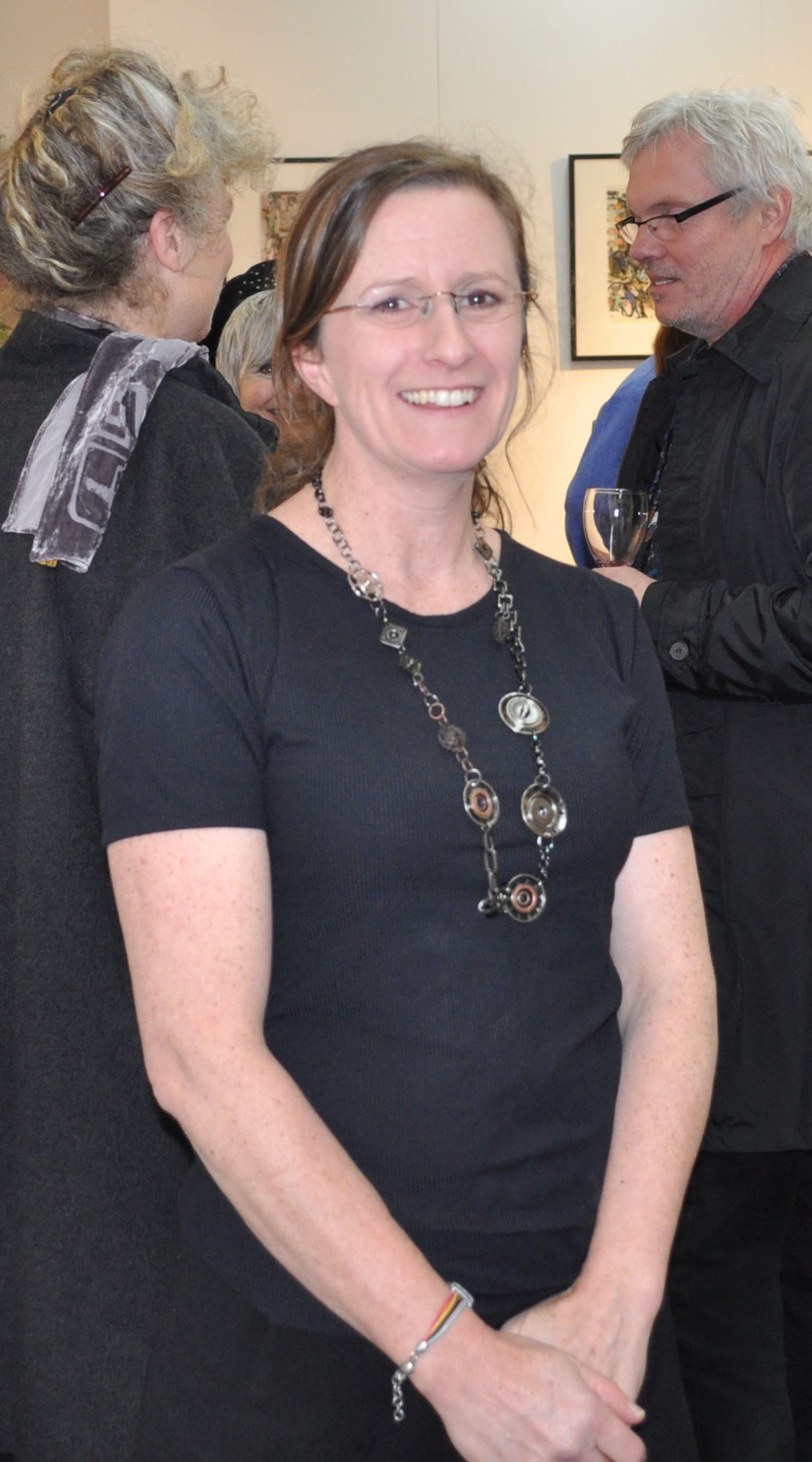 We are all about helping young students to be more independent and more creative by providing them with a guide to learn fundamental life-skills using the power of The Arts. These include fundamental skills such as learning to work like an artist or immediate improvements such as Visual Journal skills. In order to achieve this, we appeal to secondary school teachers.
We are all about helping young students to be more independent and more creative by providing them with a guide to learn fundamental life-skills using the power of The Arts. These include fundamental skills such as learning to work like an artist or immediate improvements such as Visual Journal skills. In order to achieve this, we appeal to secondary school teachers.
The founder Hilary Senhanli is a secondary art teacher, a practicing artist, and the author of the Visual Diary Guide approach.
Hilary has built a collection of Visual Journals going back 15 years and has been delivering Visual Journal talks since 2012 through incursion to secondary schools. That’s when she noticed senior students in most schools struggle to work independently. This observation has been confirmed by an overwhelming majority of teachers she’s interviewed since.
She recalls episodes such as the following which inspired her to act:
“I stepped into the art room and saw my students avidly drawing in their Visual Journals. A brief time dedicated to the Visual Journal at the start of each lesson was theirs; they knew they did not need to wait for permission. They were engaged! But what if they had an activity book to focus them? This would then only take a few minutes! This sparked some ideas.
“Then one day, during an incursion, I was showing my own Visual Journal in a school with disadvantaged students. One ‘tough boy’ who pretended not to be interested in any of it, suddenly perked up when he heard it took me just three days to produce six artworks some of which qualified as a finalist in major competitions and that there was a viable career option with thousands of dollars in return for each piece. When he realized it was because I insisted on developing the ideas for many months beforehand using my Visual Journals, he (and most other students) rushed back to look at my diaries with renewed interest to see how the finalist piece came about. It was clear that the employment prospect was motivating them.
“Another day, as part of a conference at the National Gallery of Victoria, I was presenting the development process for my own work as an artist to a room full of teachers. Teachers expressed their frustration to me that their students usually want to jump from concept to product in one go, avoiding the development and refinement of their ideas!
“Experiences like this led me to develop the guides so that what artists can do creatively is made teachable on a larger scale. Yet, I could never achieve this without the enthusiastic participation of many generous Art & Design teachers, who reviewed what I produced in their own time and helped me get it right.”

When so many Visual Arts courses require students to maintain and present Visual Diaries for assessment purposes, then much more is needed to meet the requirements and obligations expected. If you’ve ever had students who find it difficult to generate ideas beyond simple interpretations; have students who have too many unused pages at the end of a semester, or students who have work pages that are the same as most other students, then help is required, and at hand.
The second edition of a package, titled Visual Diary Guide has been prepared by Hilary Senhanli to assist art teachers and students in Year 7 to 10 to get a real handle on Visual Diaries. It makes clear the reality that Visual Diaries are far more complex than often thought. It outlines things that need to be included and many exciting potential ideas that students can explore both in class and at home. Most importantly it underlies the belief that student at all levels need to be involved in using their Visual Diaries positively in the present, but also as a means of developing thinking and working processes that make everything so much more valuable and individual in future years.
Both student workbooks is centred around a series of more than 95 consequentially planned and related activities and some excellent project activities. These could be used by teachers to form the basis of their program, or as idea-prompters that students can undertake as required. The demonstration and example material is of excellent quality and can be effectively used to inspire and motivate students. Like all good activities most are not rigidly age-specific although the latest series has been specifically produced for years 7/8 and year 9/10. They can be interpreted appropriately by students working earlier in their art education and later in the senior levels. The project section outlines everything required about the how and why of using Visual Diaries. It provides the basis for planning and evaluating activities and the use of Visual Diaries in class and at home.
The exciting prospect of enabling each student to have their personal copy of the Visual Diary Guide seems the best way to make full use of the enormous range of exciting research-based Visual Diary activities provided. Regardless of your experience the Visual Diary Guide is a publication you need to check out. I have and wish I’d had it years ago.
Dr Max Darby
Arts Education Consultant
This review is originally published for Zart Extra Magazine.
